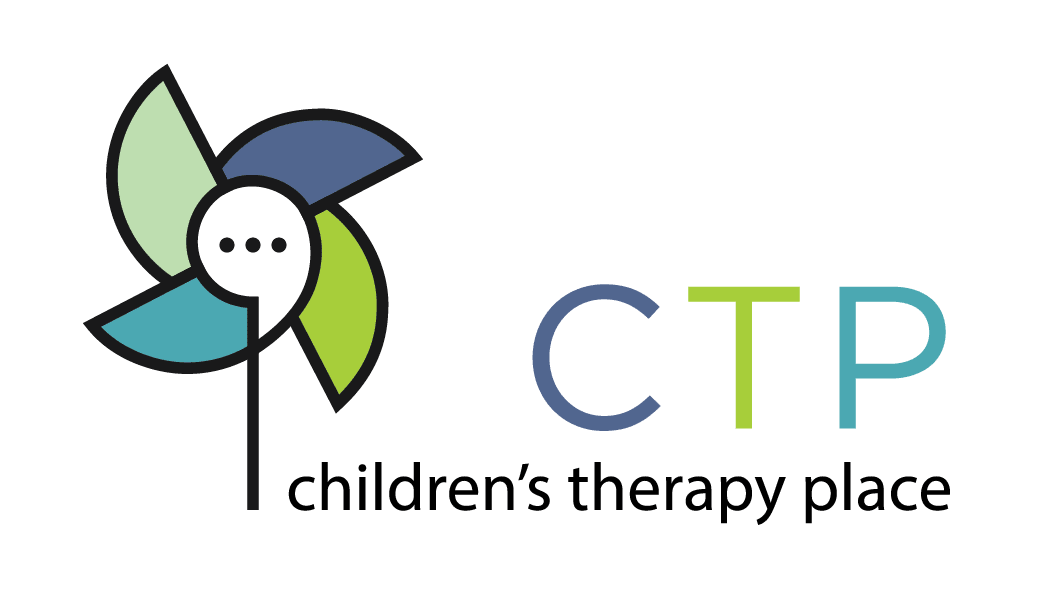Communicate With OWL

*Information is adapted from the Hanen “It Takes Two to Talk” Program*
OWL is an abbreviation for “observe, wait, and listen.” This is a strategy that the Hanen program developed to help parents facilitate their child’s communication. Parents can use “OWLing” at any time of the day such as snack time, bath time, play time, at the playground, or anywhere!
Observe: It can be difficult to understand what is on your child’s mind. Setting some time aside to observe your child’s body language can help you figure out what they are interested in and what they are trying to communicate. For example, notice what your child is looking at, what are they pointing or reaching for. This can help you share that moment with your child by discovering what has captured your child’s attention.
Waiting: The Hanen program suggest that the term “waiting” entails three steps:
- Stop talking for approximately 5-10 seconds
- Lean forward
- Look at your child expectantly.
This may sound like a simple concept, but waiting carries a lot of power in helping you understand what your child’s trying to communicate. Your child may be used to everyone else communicating. By waiting, you are sending the message that you are ready for your child to respond and to take charge themselves.
It is astounding how long 5-10 seconds of silence can feel. It may take some time for both you and your child to get accustomed to. If your child changes to another activity, restart by observing their body language and give them some time to restart the interaction. We can also call this “expectant waiting” therefore be prepared to respond as soon as your child is ready to communicate!
Listen: When listening to your child, make sure that you are being present and paying attention to your child’s message without interruption (even if you have already figured out what they are trying to communicate with you). It is imperative that your child knows that their communication attempt is important to you. There will be times where you are unable to understand what your child is trying to communicate. At these times, we have to put our detective hat on and look at the situation for clues and guess what they are trying to tell us. If you have no idea what your child’s trying to say, imitate their sounds or actions and see how they respond. You still may not understand what they are saying, but you are letting your child know that what they have to say is important. This helps build their confidence and motivation to communicate more!
So next time you are reading, playing, or basking in the last moments of the summer sun, try “OWLing” to encourage your child’s communication.
*This system was developed by the Hanen Centre, a Canadian not-for-profit charitable organization with a global reach. Its mission is to provide parents, caregivers, early childhood educators and speech-language pathologists with the knowledge and training they need to help young children develop the best possible language, social and literacy skills. This includes children who have or are at risk for language delays, those with developmental challenges such as autism, and those who are developing typically. For more tips and strategies on building interaction into every part of the day, visit their website at www.hanen.org.
Rachel Canan, M. S. CCC-SLP

